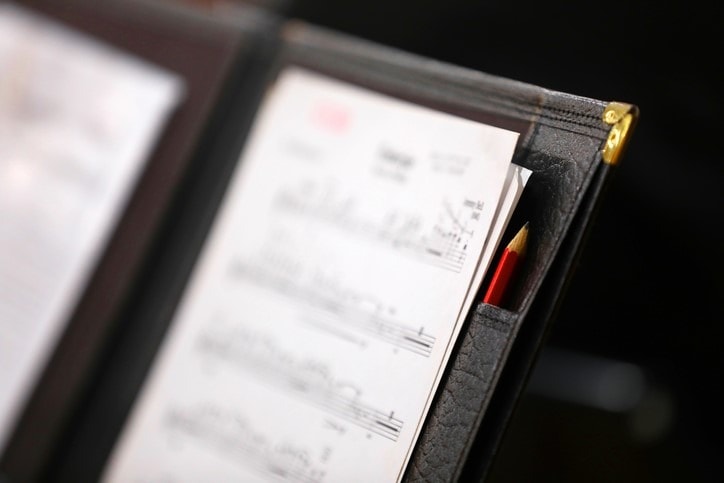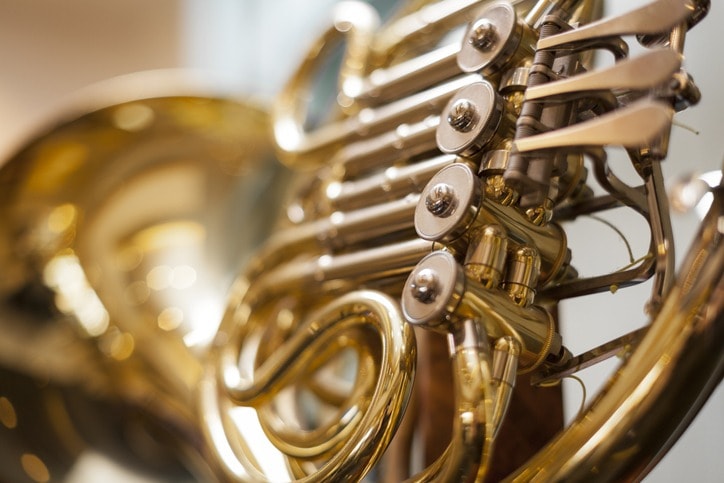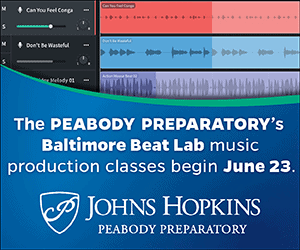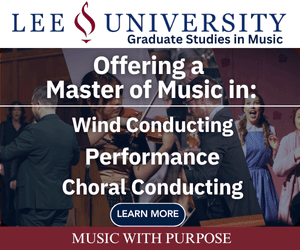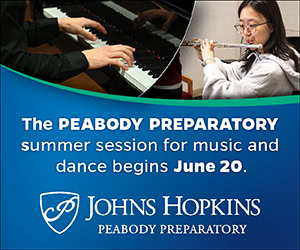/ News Posts / A Prelude to Performance
A Prelude to Performance
Instructional Methods for Introducing a Musical Selection
By NAfME Member Lori Schwartz Reichl
This article was originally published in the February 2020 teacher edition of In Tune Magazine.
“Success depends upon previous preparation, and without such preparation there is sure to be failure.” ~ Confucius
As music educators, we take into consideration many factors when choosing musical selections for our students to perform. We often examine instrumentation or voice parts, grade level, length, genre, and/or content of a new selection. We consider our musicians’ ranges, the ensemble’s strengths and limitations, as well as likability—both by our students’ and ourselves, as teacher, conductor, and adjudicator. Hopefully, we also give careful consideration to cultural diversity and the varying composers we place in front of our students (see November 2019 article, “Mirror, Mirror on the Wall: Am I Providing Opportunities Reflecting All?”). However, once the music is selected, do we focus on how we will introduce the new selection to our students to enhance their comprehension, interest, and abilities? Or, do we simply distribute the music and proceed directly to sight-reading with little, if any, background information or explanation?
There is much that can be done to introduce a new piece of music to students (in both virtual and face-to-face settings), starting with sharing your rationale, and the research you did before making your selection. Share with students the meaning of the title. What can be taught about the composer? It’s always fun to hear about the events that were happening in the world when the piece was composed, or how the piece may represent that time period. Sharing program notes or gathering enough information to write your own, will add great color and provide important insights into the selection’s genesis. Then, explaining how learning the piece is intended to contribute to your students’ growth should complete their understanding of its selection.
Consider using one, some, or all of the following methods to introduce a musical selection to your students:
1. Title
Accurately pronounce the full title of the selection for your students. Encourage them to precisely repeat the title back to you. If the title contains an uncommon word, define it, and use it in another context. If the title is of a different language, be certain to decipher its English meaning. Based on the title of the piece, ask the students to anticipate what the piece might represent or sound like even before rehearsing it.
2. Composer
Accurately pronounce the composer’s full name. Show a photograph of the composer. Share the composer’s biography, highlighting age, gender, race, location, education, accomplishments, and more. Consider playing a video of the composer (if available) introducing the selection, or performing or conducting the piece. Ask the students to recall what other pieces they may have performed by the same composer. Inquire what they liked or learned when studying the previous pieces or what motifs or tendencies for which the composer is best known.
A creative way to introduce a selection is to invite a living composer to visit your music classroom physically or virtually through a FaceTime, Skype, or Zoom session. While recently serving as a guest clinician for the South Dakota Bandmasters Association Conference, I was fortunate to attend the performance of the South Dakota State University Wind Symphony under the direction of Dr. Jacob Wallace. To offer a unique introduction to the audience, Wallace contacted the composers of the performed selections and asked them if they would be willing to briefly record themselves introducing their composition. He showed the video clips to the audience via a large projection screen prior to the performance of each selection. The audience was able to make a human connection to the music before it was performed. Students may also find this connection inspirational before learning a new piece of music.
3. Historical Information
In addition to discussing what was occurring in history either during the time the piece was written or the time period the piece depicts, share other examples of music composed during this period. Show photographs or videos of landscapes, towns, events, and people. Dressing up in character is always a crowd pleaser!
4. Program Note
Composers often provide a program note for each of their selections within the conductor’s score. This can include for whom, what, or when the piece was written, the context of the piece, or a musical analysis of the piece. Program notes may provide additional ideas for conductor and musician interpretation. If students know why a piece was written, for whom it was commissioned or composed, and the circumstances surrounding its creation, then it is more likely that they will perform with emotion and empathy.
5. Reason for Selection
Consider sharing with your students why you chose the particular piece of music to perform. Perhaps you know the composer or can relate how the piece is meaningful or represents something to you. Might it be used to honor a person, or an upcoming holiday, season, event, or accomplishment?
6. Goals for Learning
Identifying what you hope your individual students or the overall ensemble will achieve during the learning process for the selection can be instructive. For instance, are you attempting to introduce a new time signature or key signature? Or, will you be introducing metric modulation or making key changes? Are you introducing new vocabulary or various articulations? Will it allow students to demonstrate contrasting dynamics, styles, or movements?
7. Areas of Concern
Upon studying the score and/or listening to recordings of the piece, where do you anticipate challenges for your students? Have you narrowed these areas of concern to that of individual students, sections, or the entire class or ensemble? Have you considered supplemental material to assist with learning? What questions could you expect to receive from your students regarding the music? And, have you prepared effective questioning techniques for your musicians to develop their critical thinking skills while engaging, motivating, and evaluating them as learners?
Preparing a beneficial and creative introduction can be a great way to entice your students to want to perform each new selection with enriched understanding, enthusiasm, and musicality.
About the author:

Photo by Richard Twigg Photography
NAfME member Lori Schwartz Reichl is an author, educator, and consultant.
Are you making key changes to refresh your teaching? Contact Lori for professional development needs: https://makingkeychanges.com/.
Did this blog spur new ideas for your music program? Share them on Amplify! Interested in reprinting this article? Please review the reprint guidelines.
The National Association for Music Education (NAfME) provides a number of forums for the sharing of information and opinion, including blogs and postings on our website, articles and columns in our magazines and journals, and postings to our Amplify member portal. Unless specifically noted, the views expressed in these media do not necessarily represent the policy or views of the Association, its officers, or its employees.
November 10, 2020. © National Association for Music Education (NAfME.org)
Published Date
November 10, 2020
Category
- Ensembles
- Program Development
- Repertoire
Copyright
November 10, 2020. © National Association for Music Education (NAfME.org)
